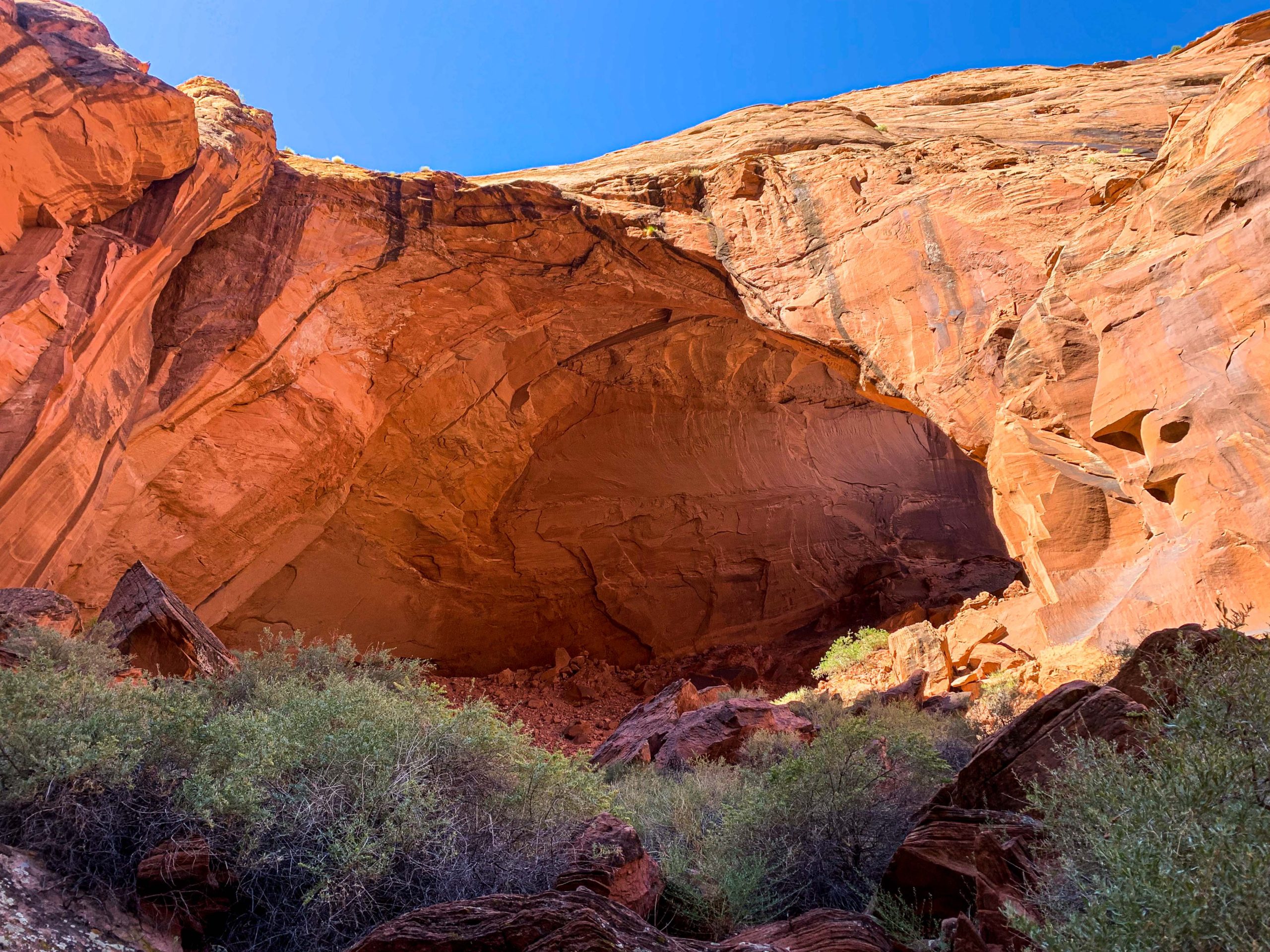Arizona Trail Approach Day 4: Vermilion Cliffs National Monument
Wrather Arch
I got an early backpacking start this morning but only partially pack to begin. I’m starting with a short side trek, but it took me a while to find the side trail from Paria Canyon that leads up to Wrather Arch. As I noted in the prior post, Wrather is not a true arch as we may think of, but is rather a cave-type arch. Located within the Paría Canyon-Vermilion Cliffs wilderness, it is the least accessible natural bridge or arch in the southwestern United States, requiring hiking 18 miles round trip. So of course, having hiked so far to get to this point, I had to make sure that I made it to the Arch.
I did eventually find my way up to it, but it’s status as an arch is not obvious immediately. Shifting perspectives on the trail eventually makes this more obvious.
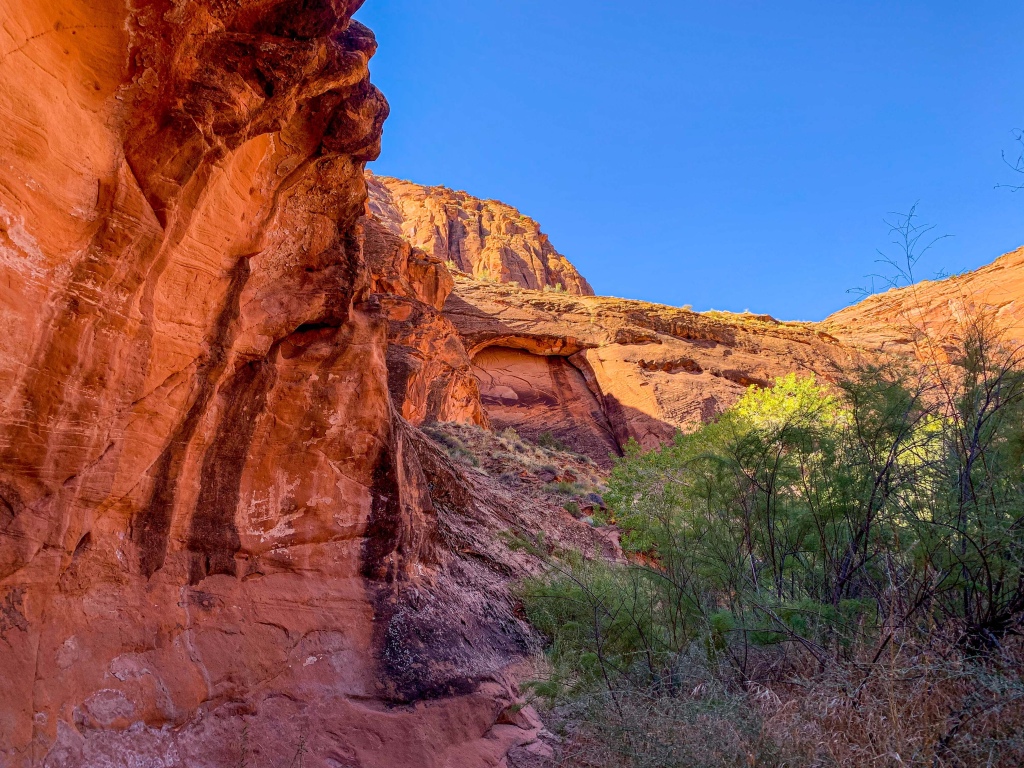
Paria Canyon-Vermilion Cliffs Wilderness
Vermilion Cliffs National Monument
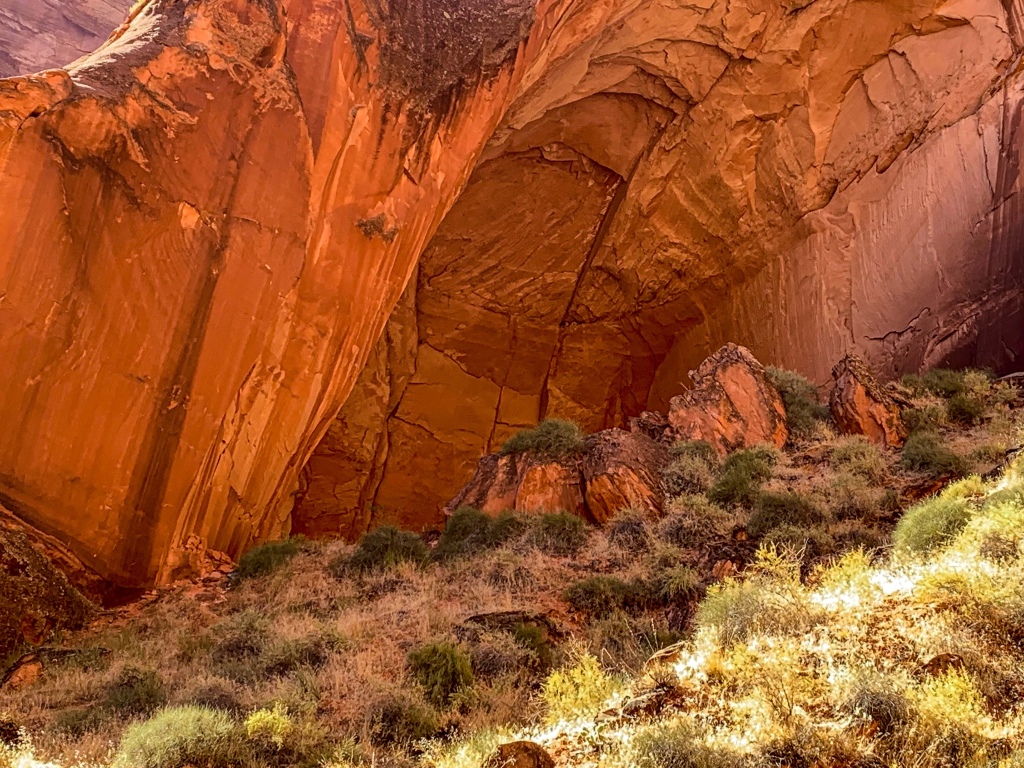
Paria Canyon-Vermilion Cliffs Wilderness
Vermilion Cliffs National Monument
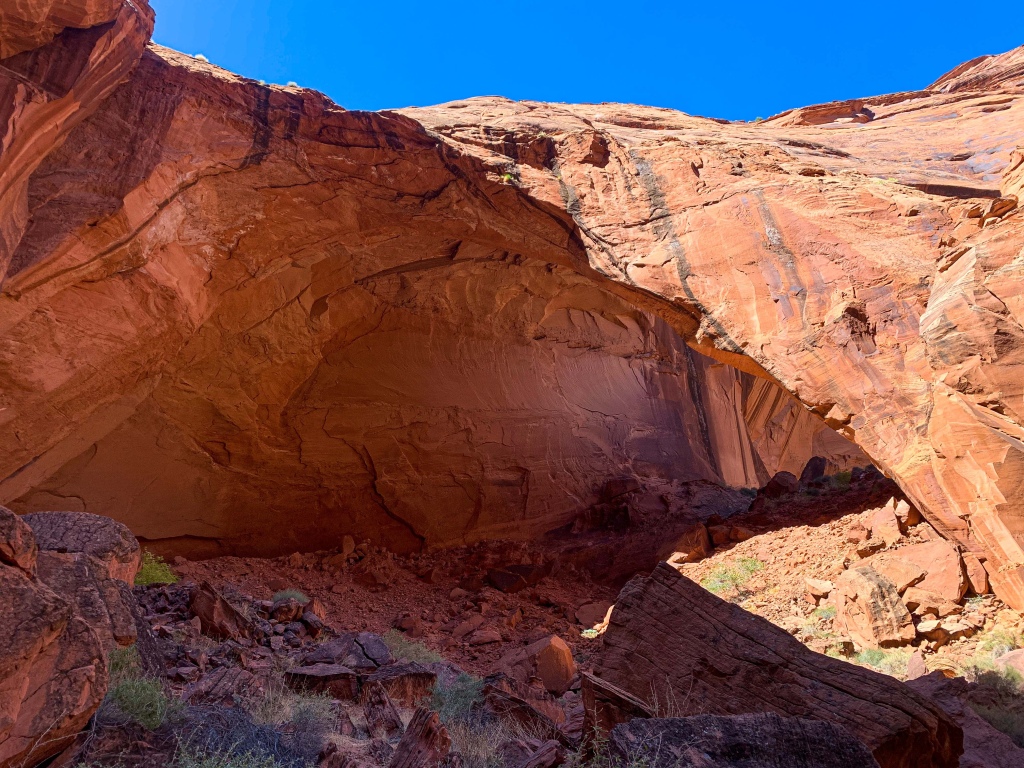
Note the slight visibility through to the other side on the right side of the arch
Paria Canyon-Vermilion Cliffs Wilderness
Vermilion Cliffs National Monument
Paria Canyon
After making my way back down from Wrather to the main body of Paría Canyon, the journey continues upstream. This entire area of the canyon traverses the Kayenta Formation, with its distinctive red rock. Part of the Glen Canyon Group, the red color is formed by oxidized iron in the rock. The black spots, known to some as “rock varnish,” or “desert varnish,” caused by oxidized manganese staining on surface of the rock.

Paria Canyon-Vermilion Cliffs Wilderness
Vermilion Cliffs National Monument

Paria Canyon-VermilionCliffs Wilderness
Vermilion Cliffs National Monument
The canyon briefly widens slightly in the vicinity of the junction of Wrather Canyon and Paria Canyon as the river bends – clearly a spot where flooding has both widened the canyon and both eroded and deposited sediment on both banks.It allows the sun to paint the walls and bring out that ethereal glow.

Paria Canyon-Vermilion Cliffs Wilderness
Vermilion Cliffs National Monument

Paria Canyon-Vermilion Cliffs Wilderness
Vermilion Cliffs National Monument

Paria Canyon-Vermilion Cliffs Wilderness
Vermilion Cliffs National Monument

Paria Canyon-Vermilion Cliffs Wilderness
Vermilion Cliffs National Monument
The canyon, which had widened in the area around Wrather Canyon, soon narrows again, with towering Kayenta spires above.
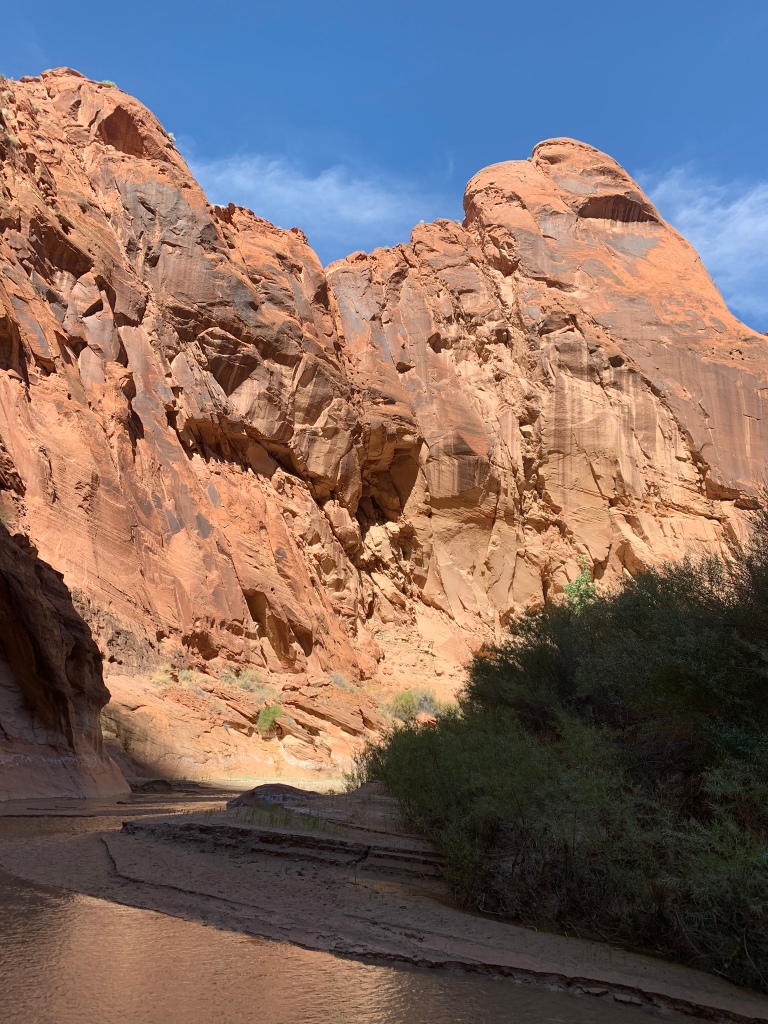
Paria Canyon-Vermilion Cliffs Wilderness
Vermilion Cliffs National Monument
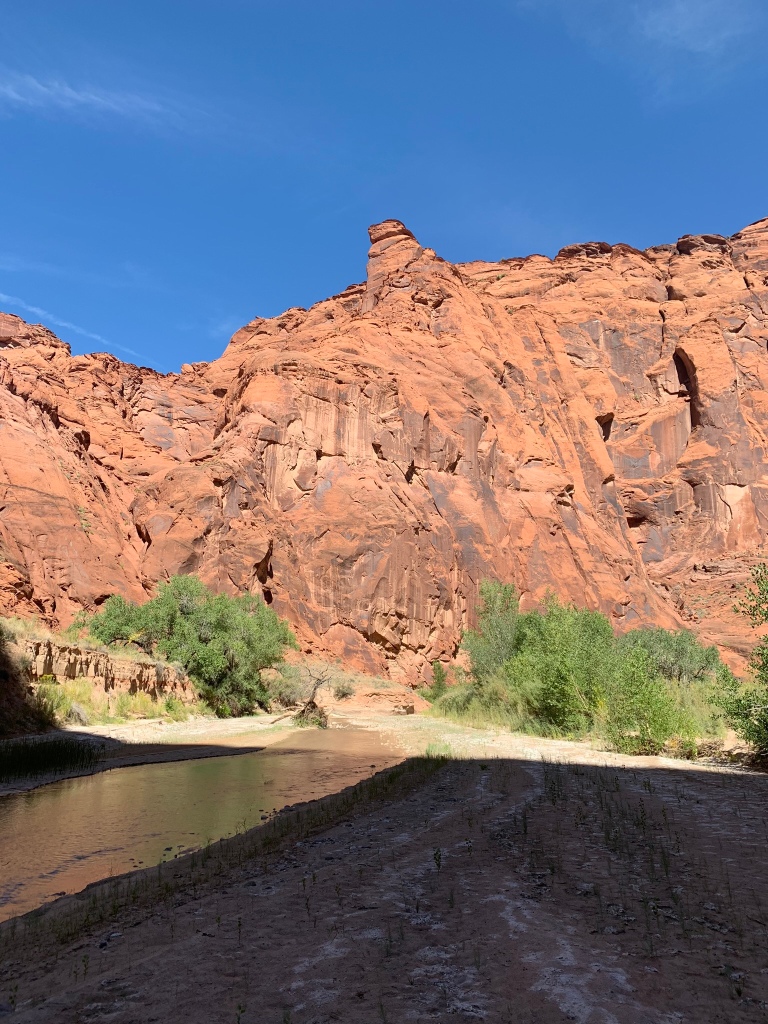
Paria Canyon-Vermilion Cliffs Wilderness
Vermilion Cliffs National Monument
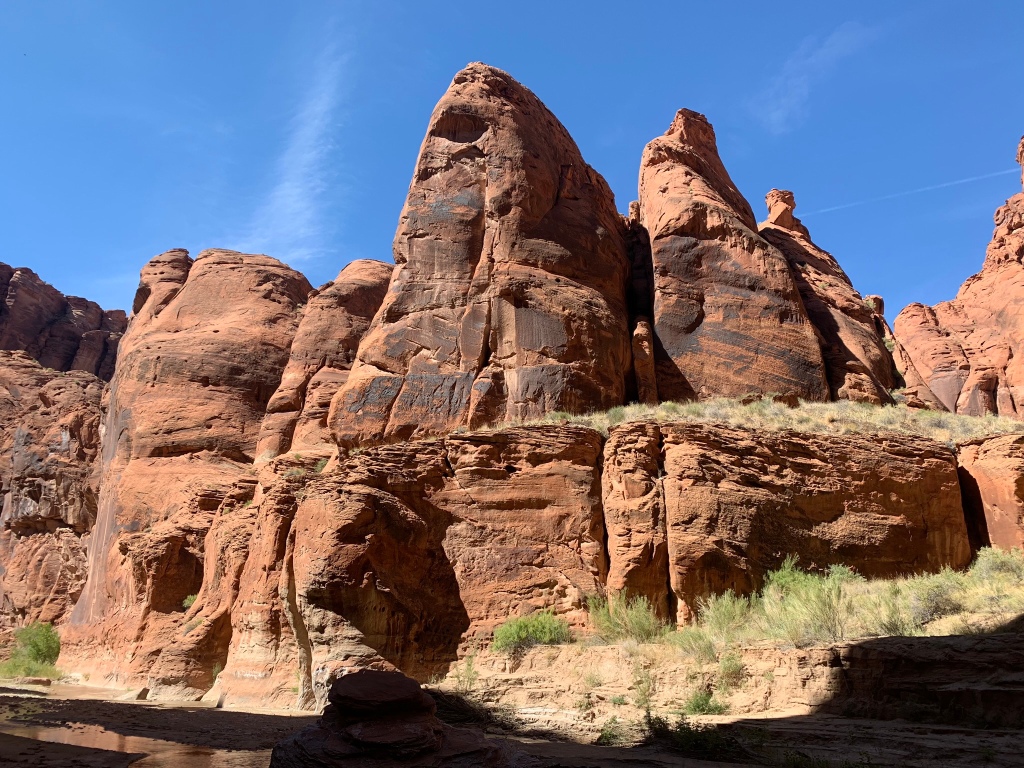
Paria Canyon-Vermilion Cliffs Wilderness
Vermilion Cliffs National Monument
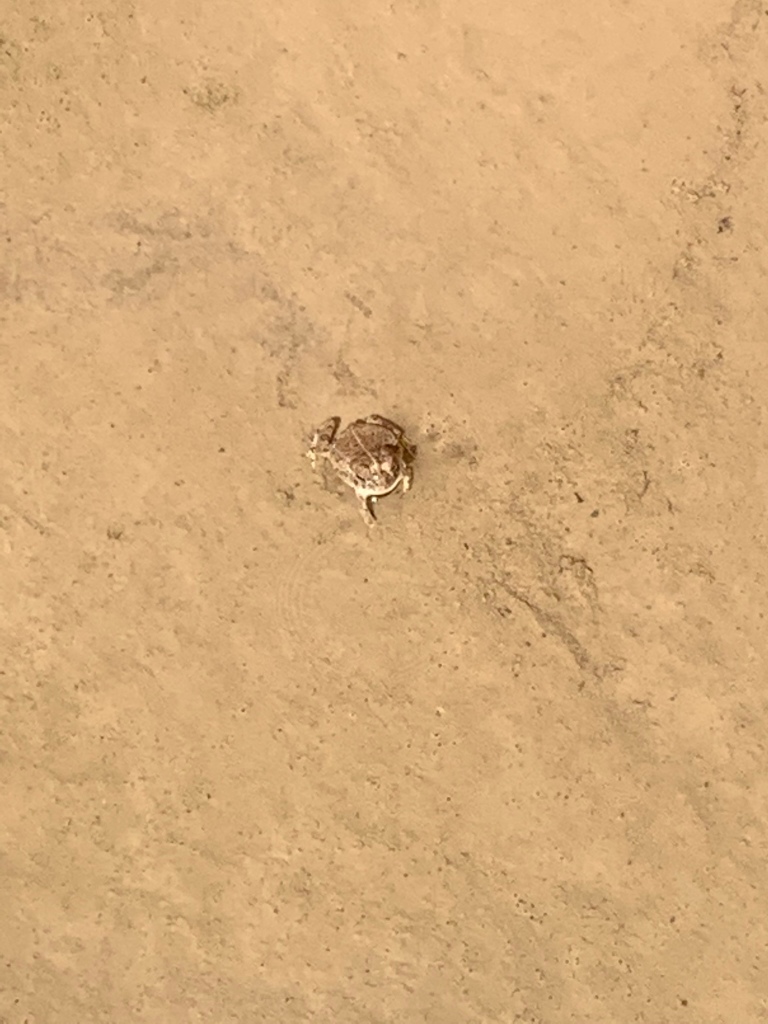
Paria Canyon-Vermilion Cliffs Wilderness
Vermilion Cliffs National Monument
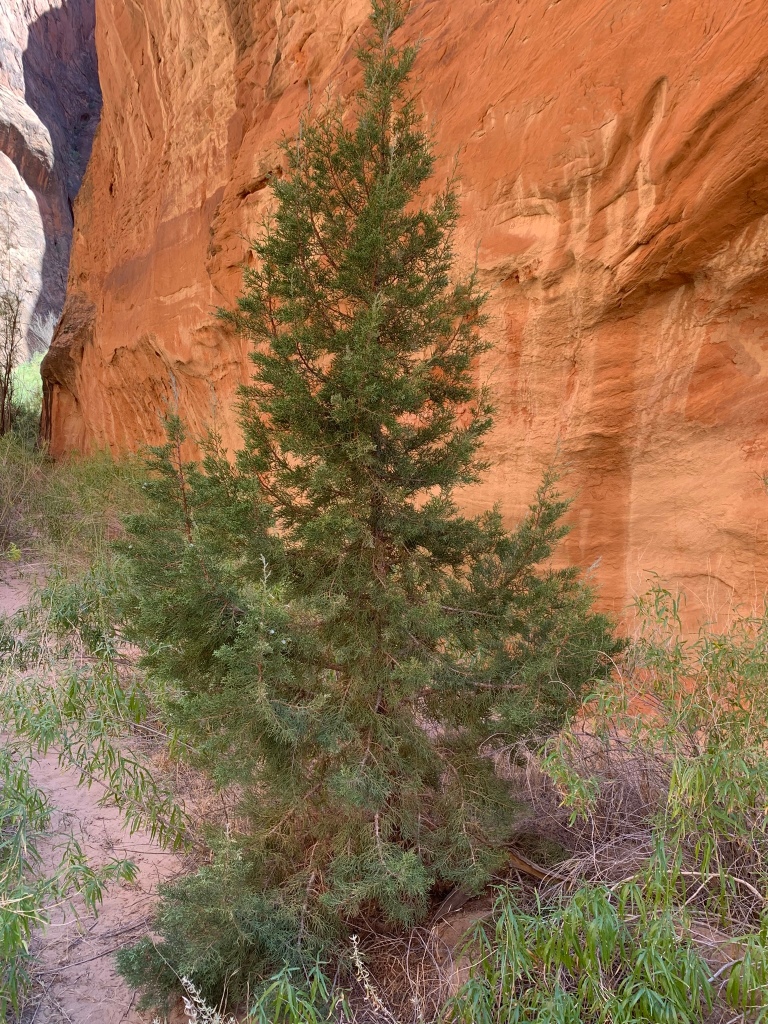
Paria Canyon-Vermilion Cliffs Wilderness
Vermilion Cliffs National Monument
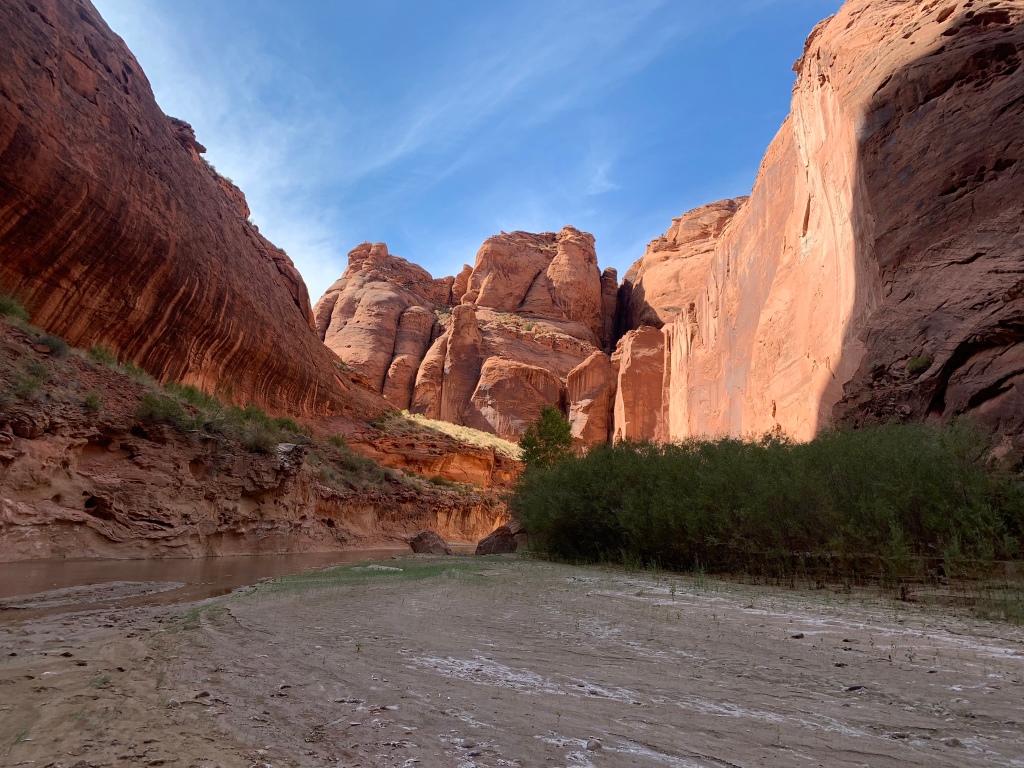
Paria Canyon-Vermilion Cliffs Wilderness
Vermilion Cliffs National Monument
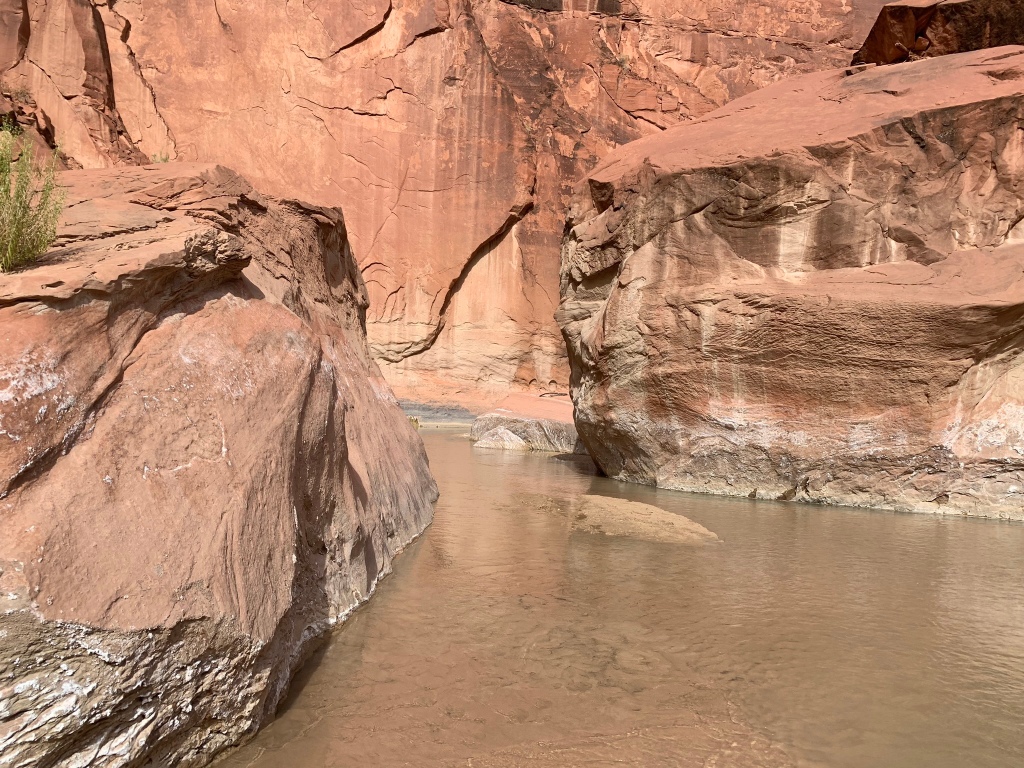
Paria Canyon-Vermilion Cliffs Wilderness
Vermilion Cliffs National Monument
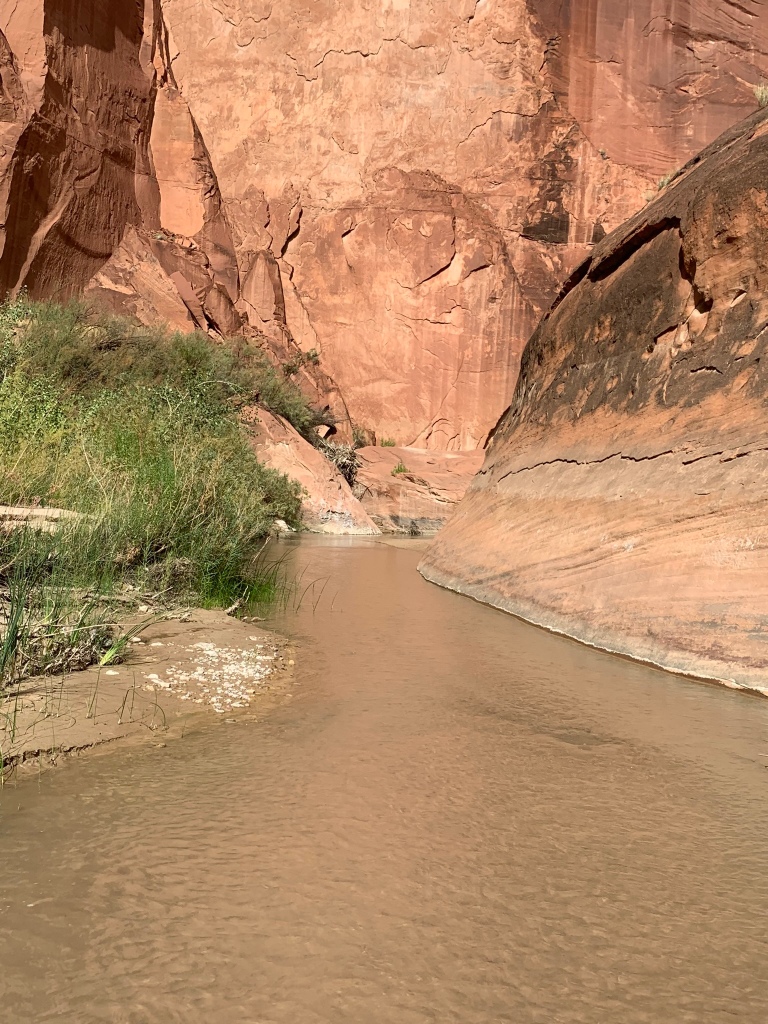
Paria Canyon-Vermilion Cliffs Wilderness
Vermilion Cliffs National Monument
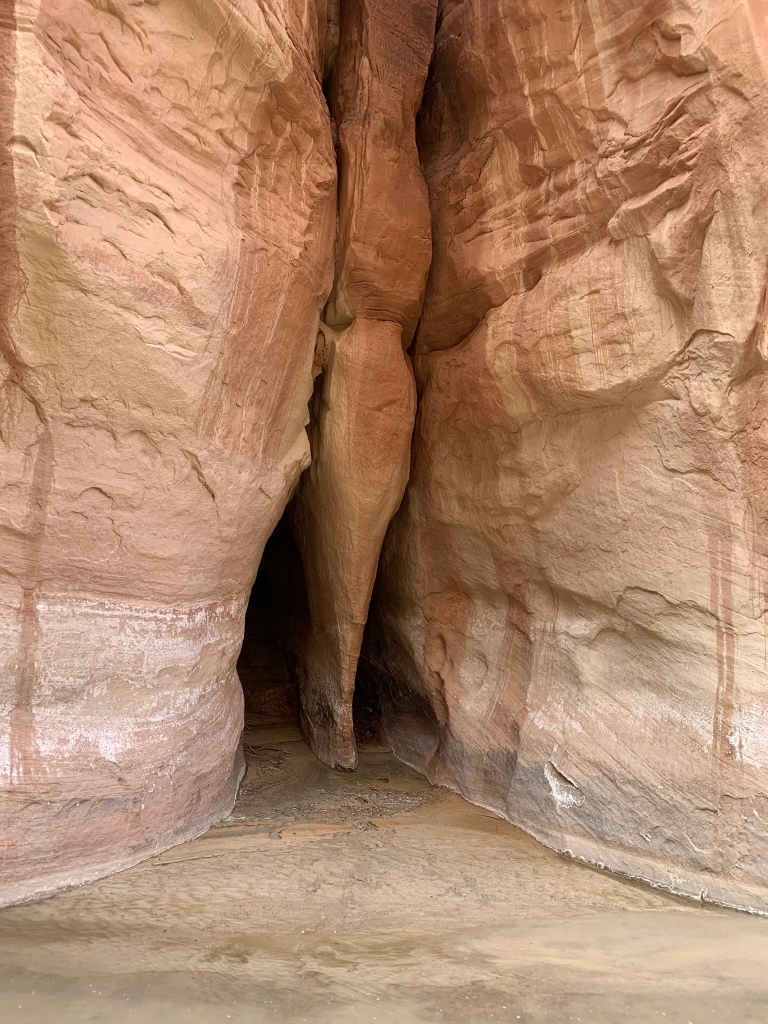
Paria Canyon-Vermilion Cliffs Wilderness
Vermilion Cliffs National Monument
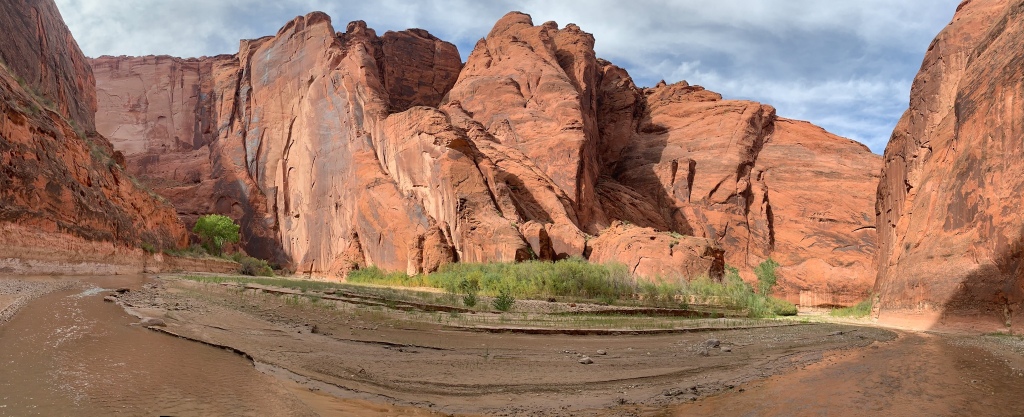
Paria Canyon-Vermilion Cliffs Wilderness
Vermilion Cliffs National Monument
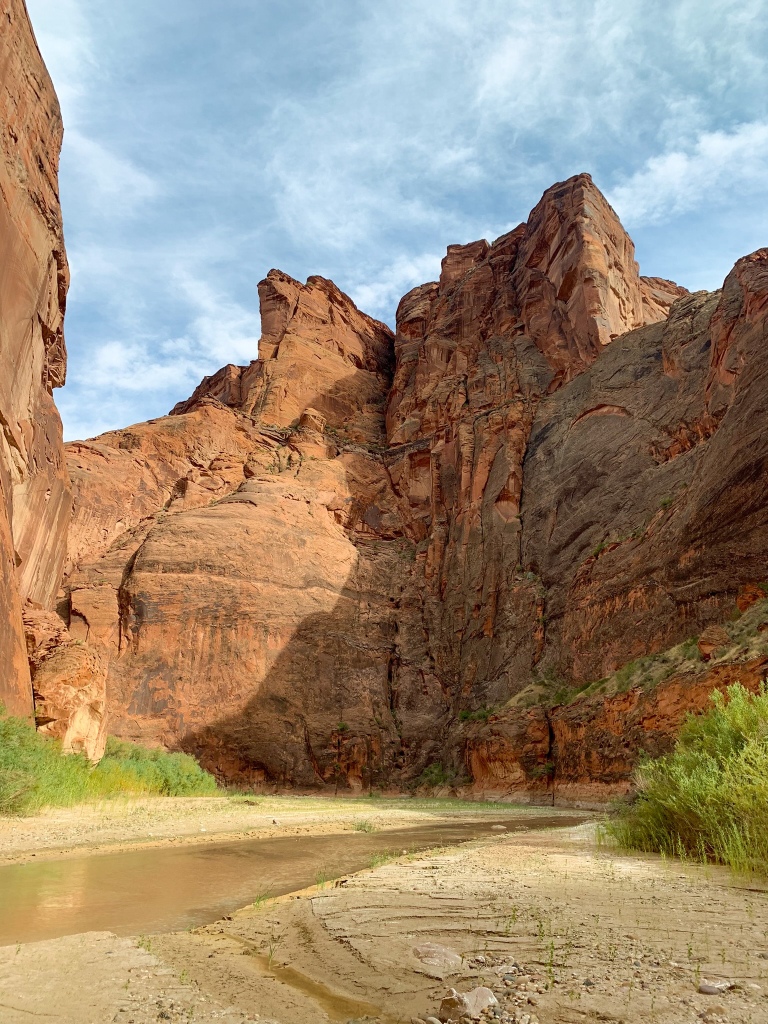
Paria Canyon-Vermilion Cliffs Wilderness
Vermilion Cliffs National Monument
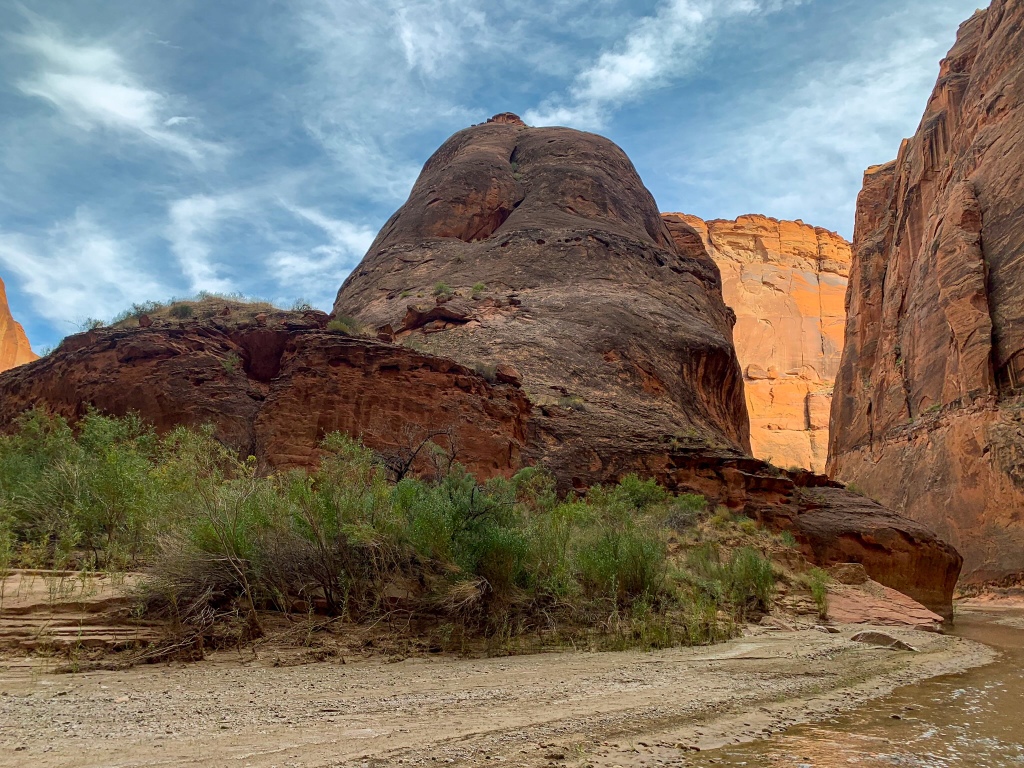
Paria Canyon-Vermilion Cliffs Wilderness
Vermilion Cliffs National Monument
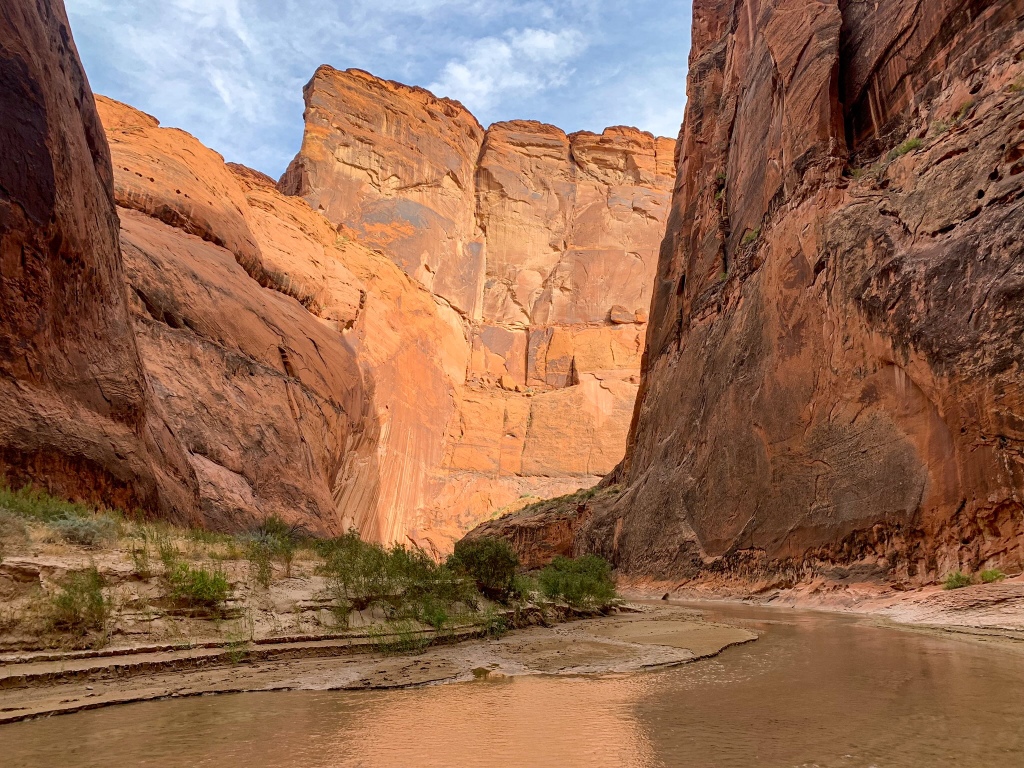
Paria Canyon-Vermilion Cliffs Wilderness
Vermilion Cliffs National Monument
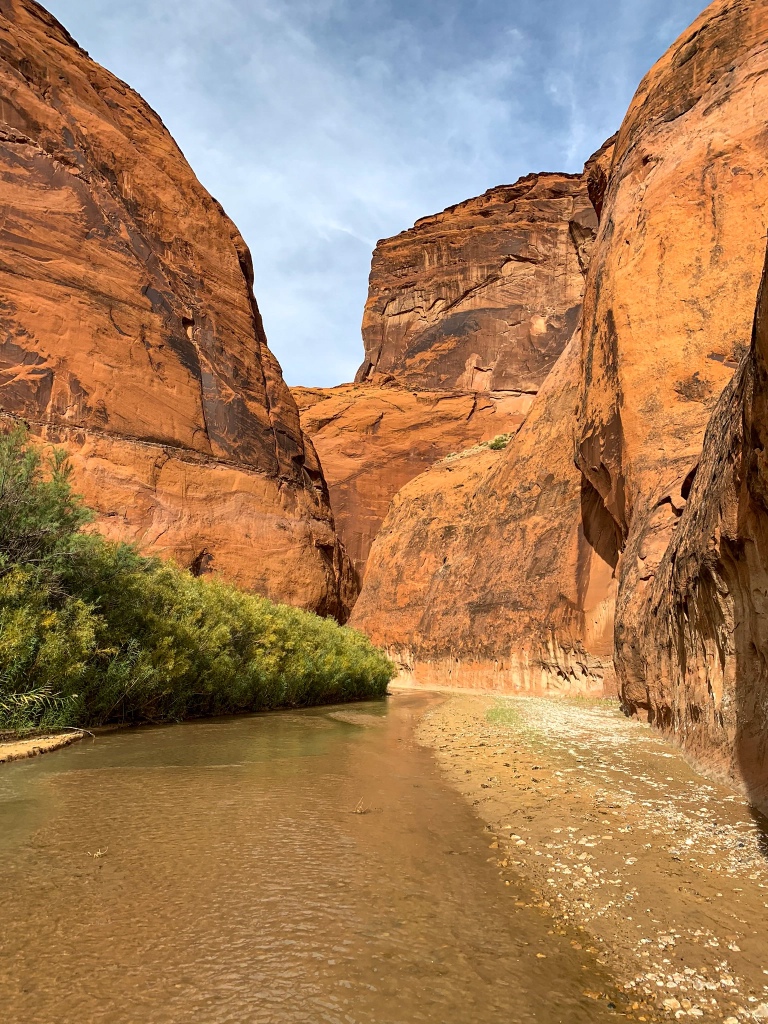
Paria Canyon-Vermilion Cliffs Wilderness
Vermilion Cliffs National Monument
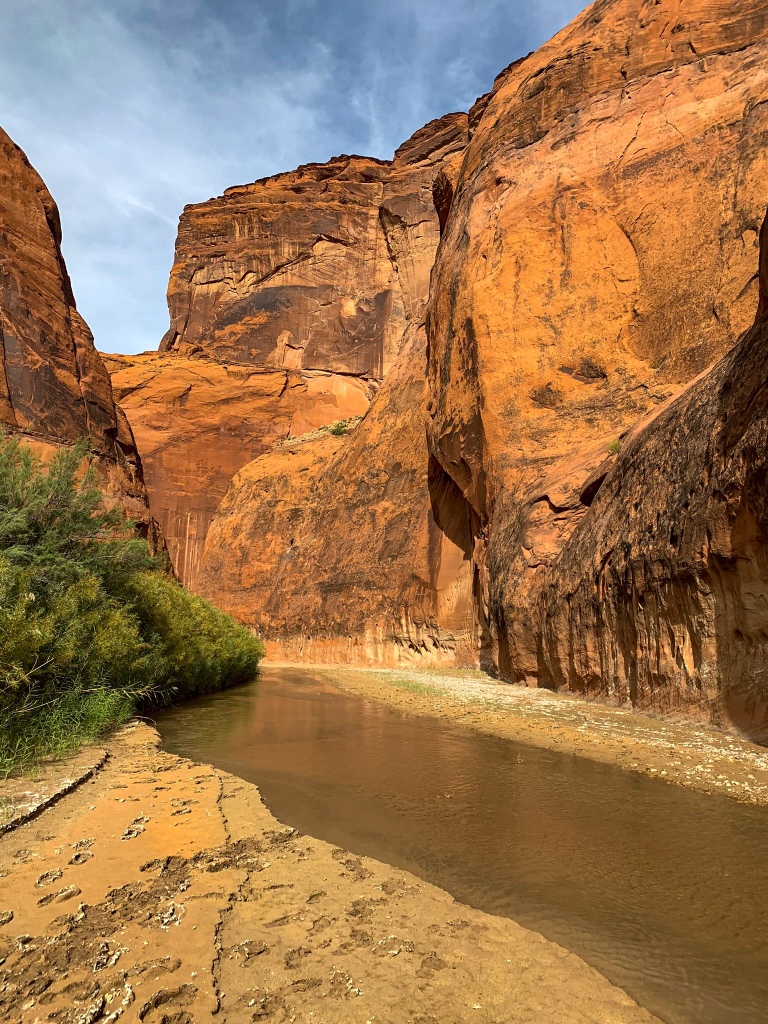
Paria Canyon-Vermilion Cliffs Wilderness
Vermilion Cliffs National Monument
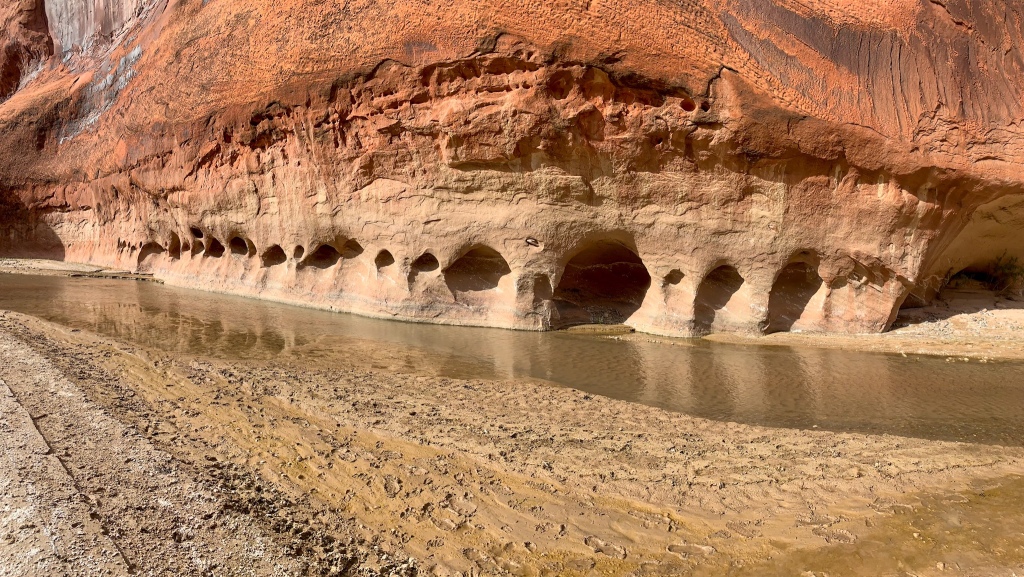
Paria Canyon-Vermilion Cliffs Wilderness
Vermilion Cliffs National Monument
Paria Canyon (Continued)
Heading upstream, more of the geologic history of the area becomes obvious. Eroded fault cracks, some of the largest that I’ve ever seen, emerge in the Kayenta Formation. I make it to Big Spring for the night and set up camp in a sheltered location with my rain gear set up, knowing that there is the potential for rain overnight or in the morning.
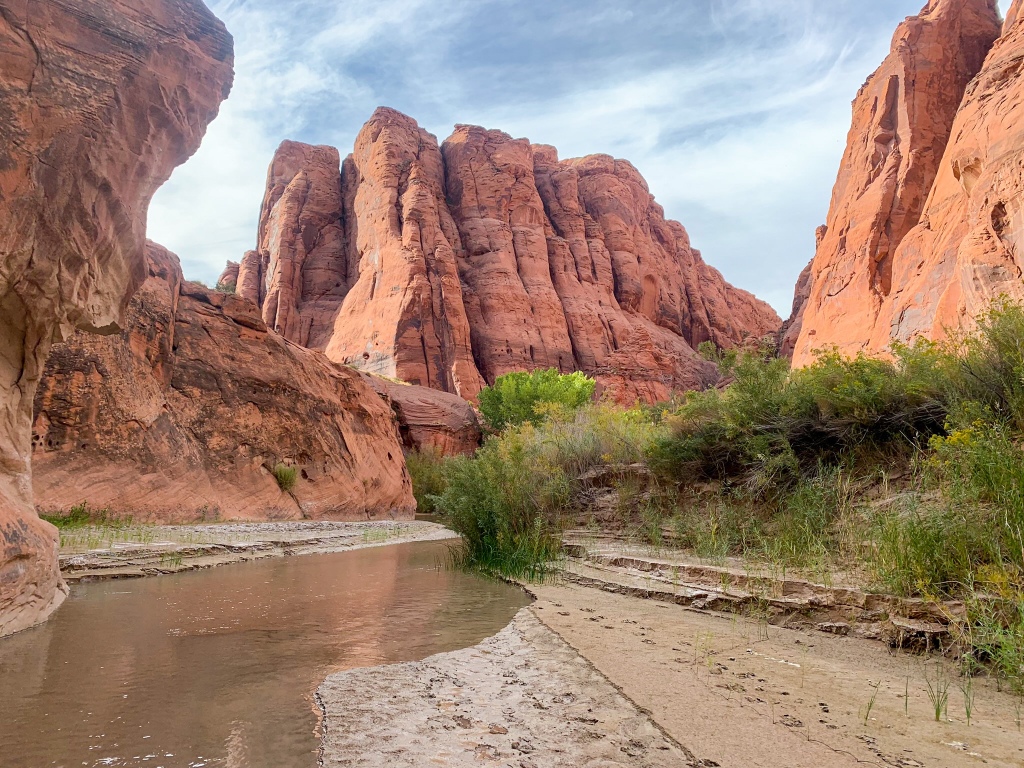
Paria Canyon-Vermilion Cliffs Wilderness
Vermilion Cliffs National Monument
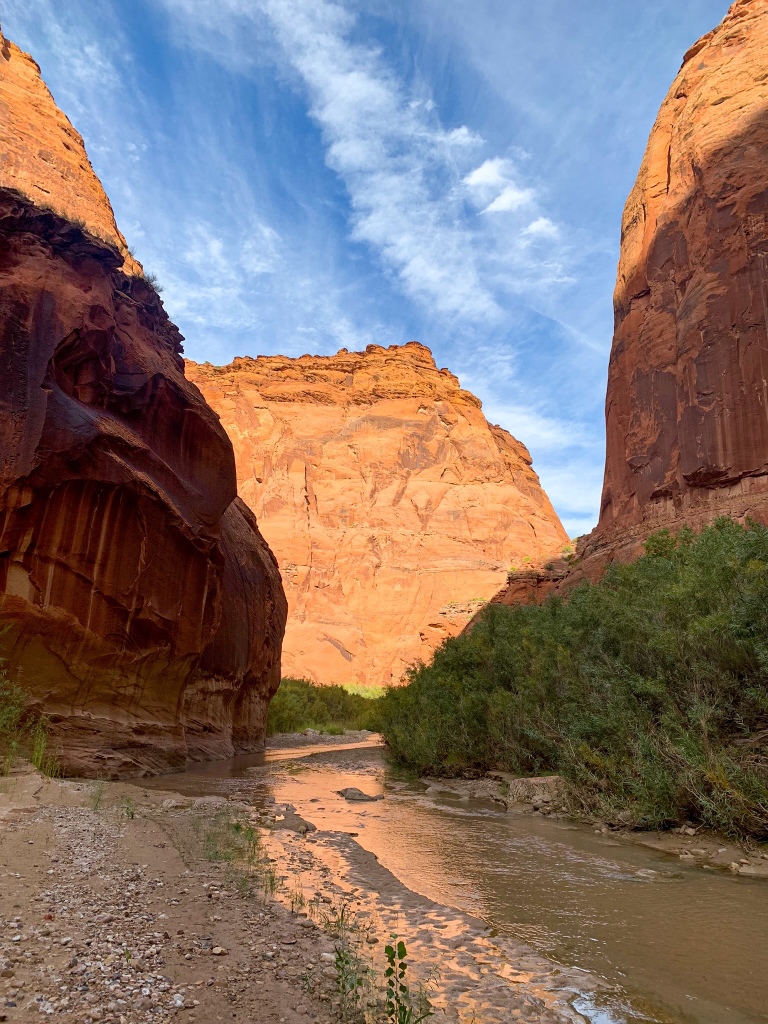
Paria Canyon-Vermilion Cliffs Wilderness
Vermilion Cliffs National Monument
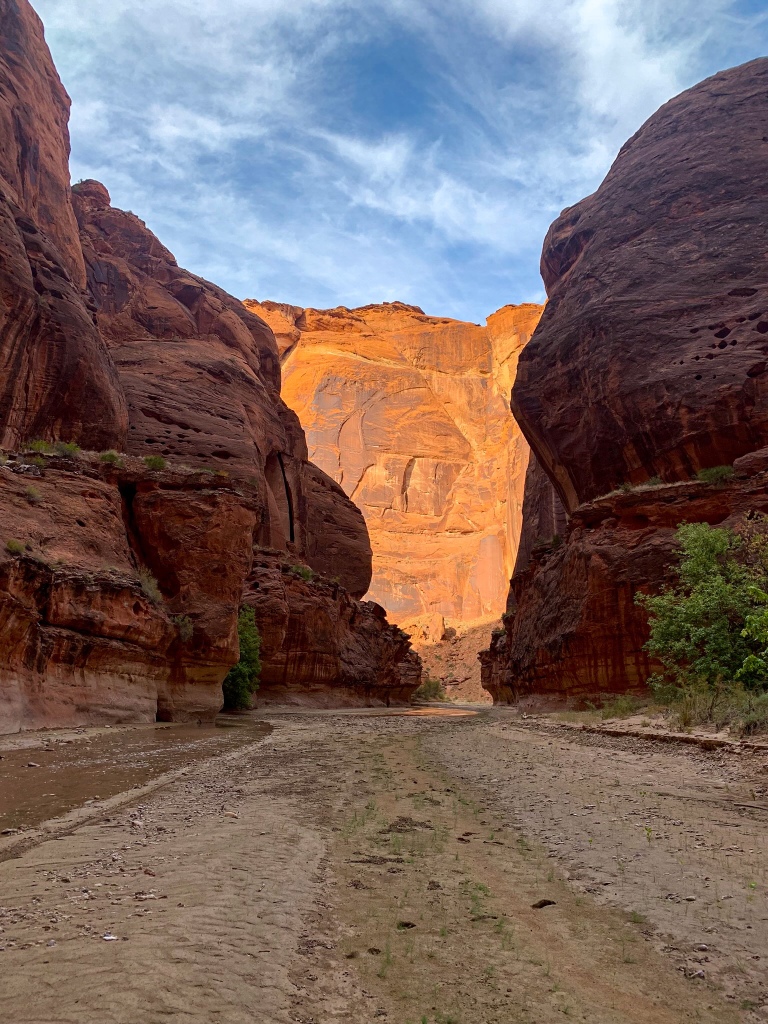
Paria Canyon-Vermilion Cliffs Wilderness
Vermilion Cliffs National Monument
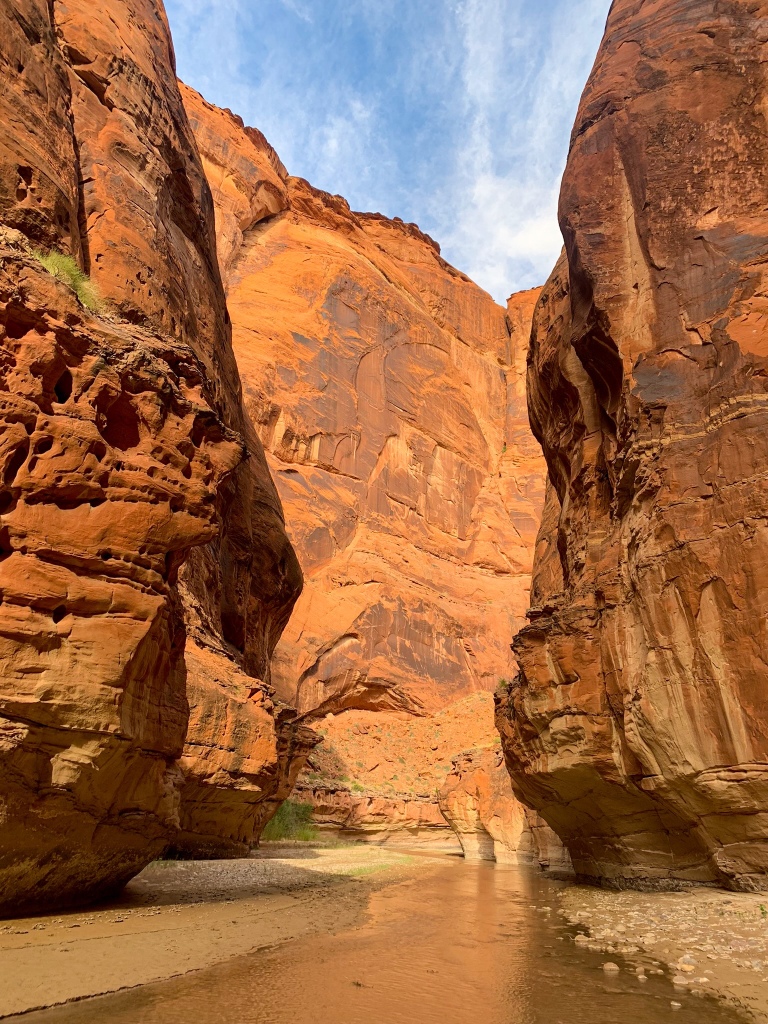
Paria Canyon-Vermilion Cliffs Wilderness
Vermilion Cliffs National Monument
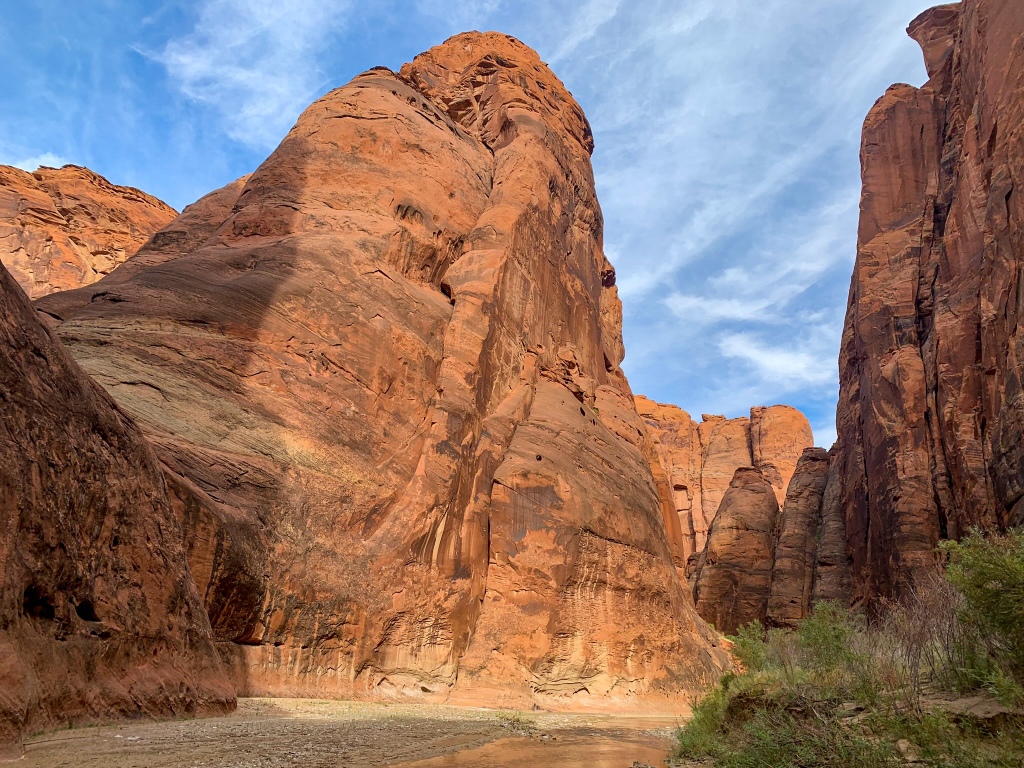
Paria Canyon-Vermilion Cliffs Wilderness
Vermilion Cliffs National Monument
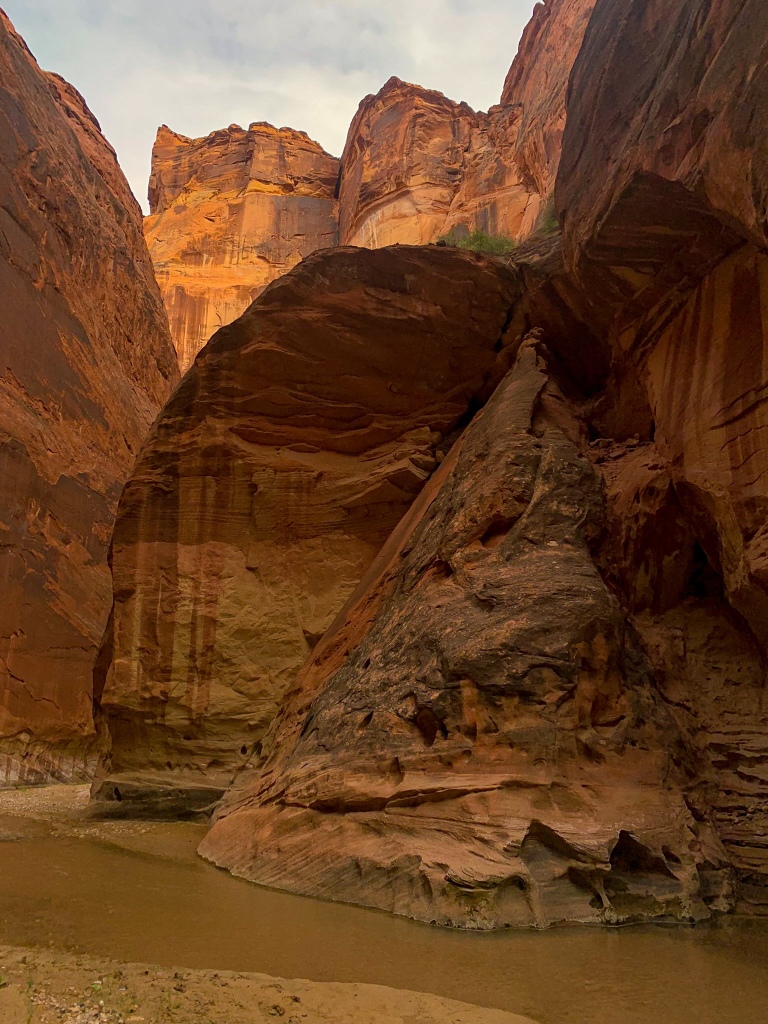
Paria Canyon-Vermilion Cliffs Wilderness
Vermilion Cliffs National Monument
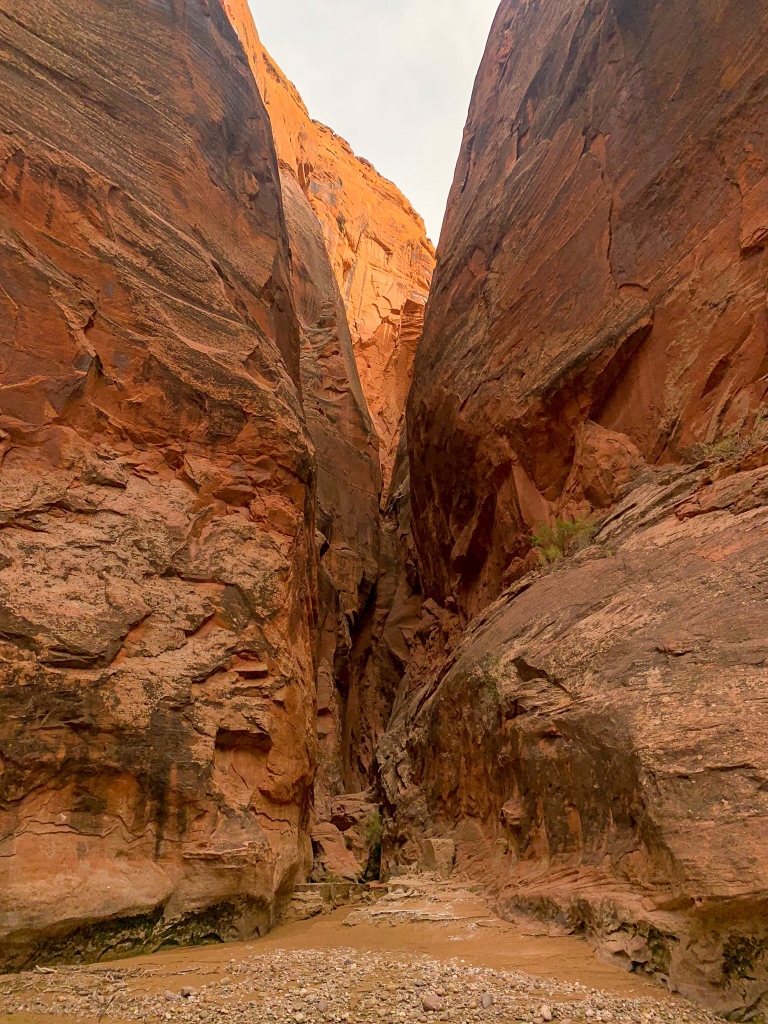
Paria Canyon-Vermilion Cliffs Wilderness
Vermilion Cliffs National Monument
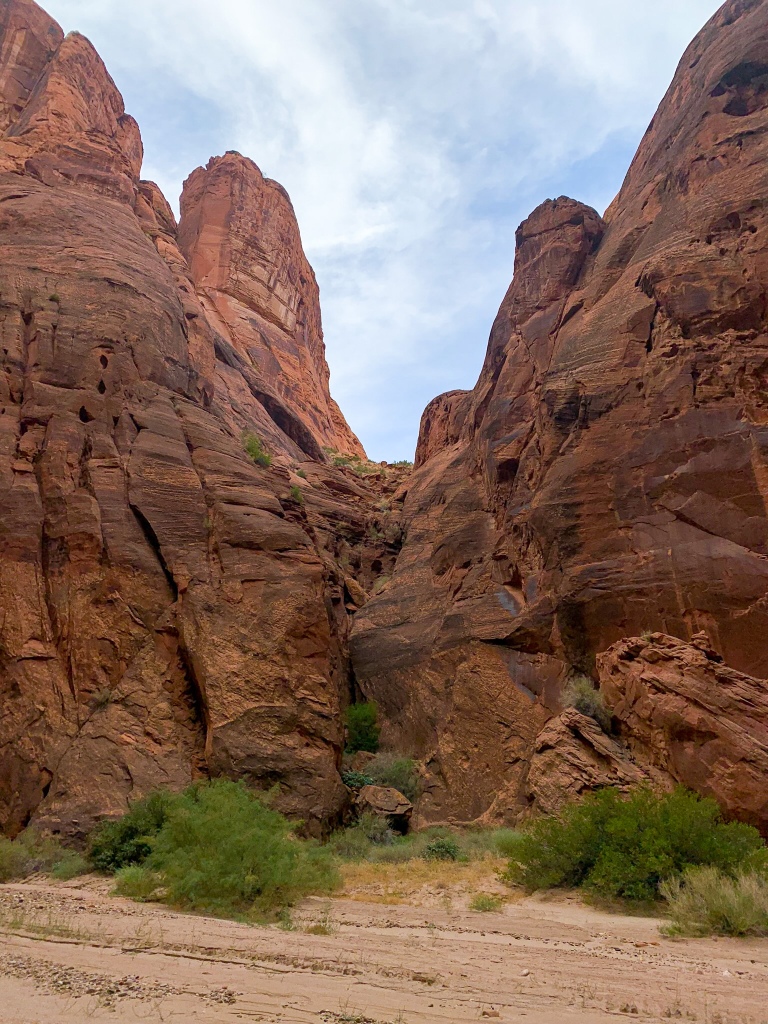
Paria Canyon-Vermilion Cliffs Wilderness
Vermilion Cliffs National Monument
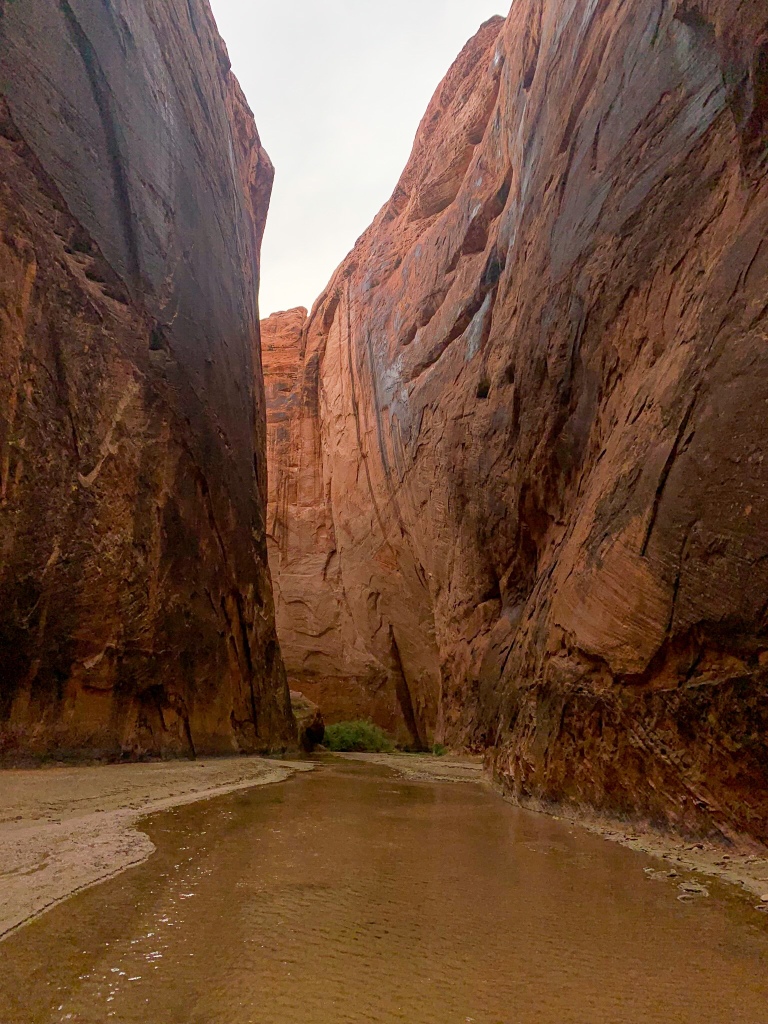
Paria Canyon-Vermilion Cliffs Wilderness
Vermilion Cliffs National Monument
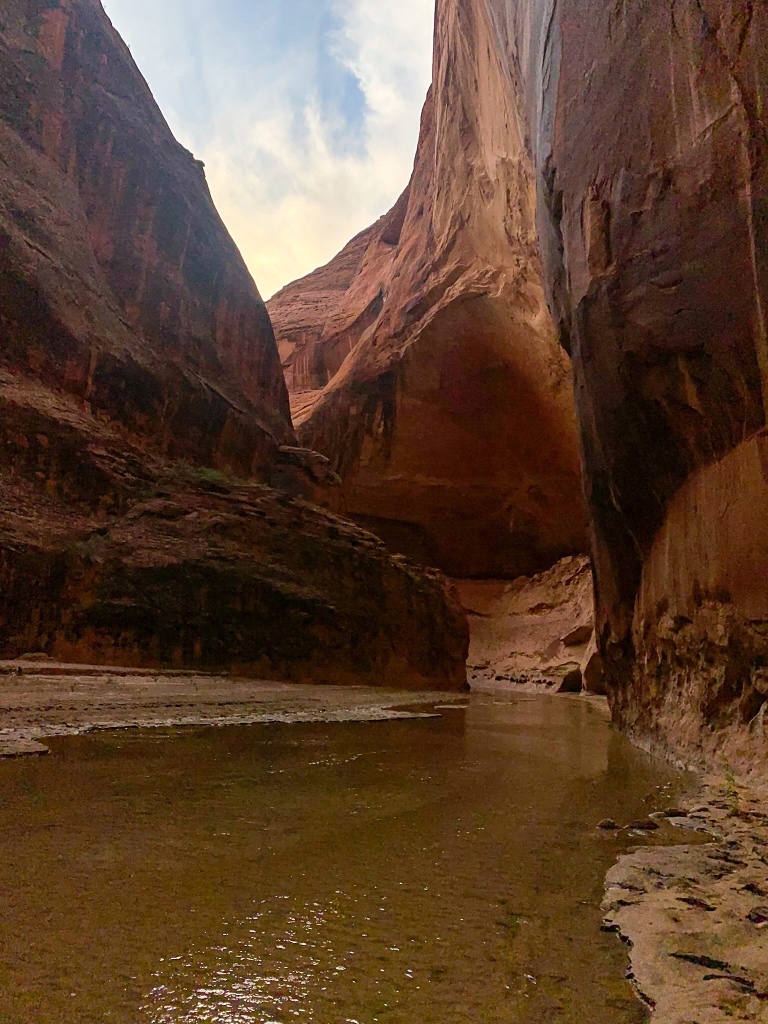
Paria Canyon-Vermilion Cliffs Wilderness
Vermilion Cliffs National Monument
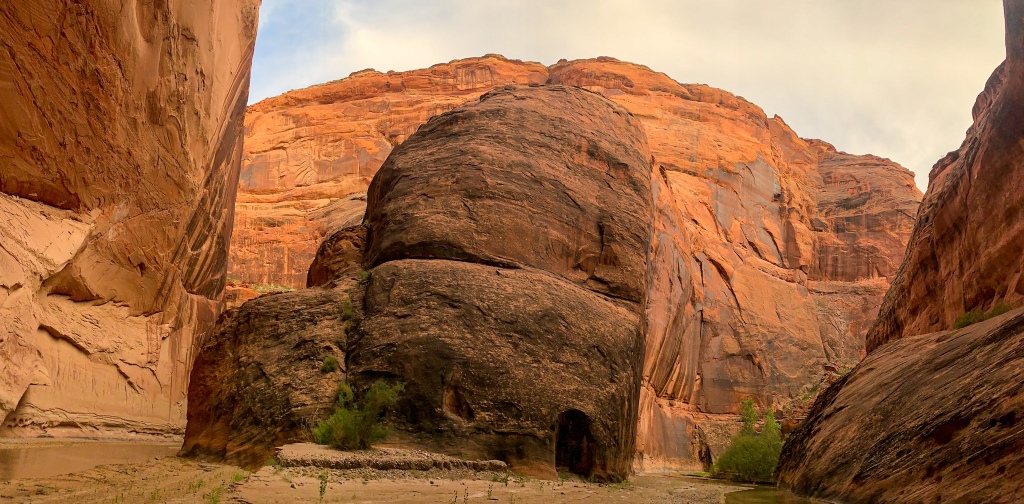
Paria Canyon-Vermilion Cliffs Wilderness
Vermilion Cliffs National Monument
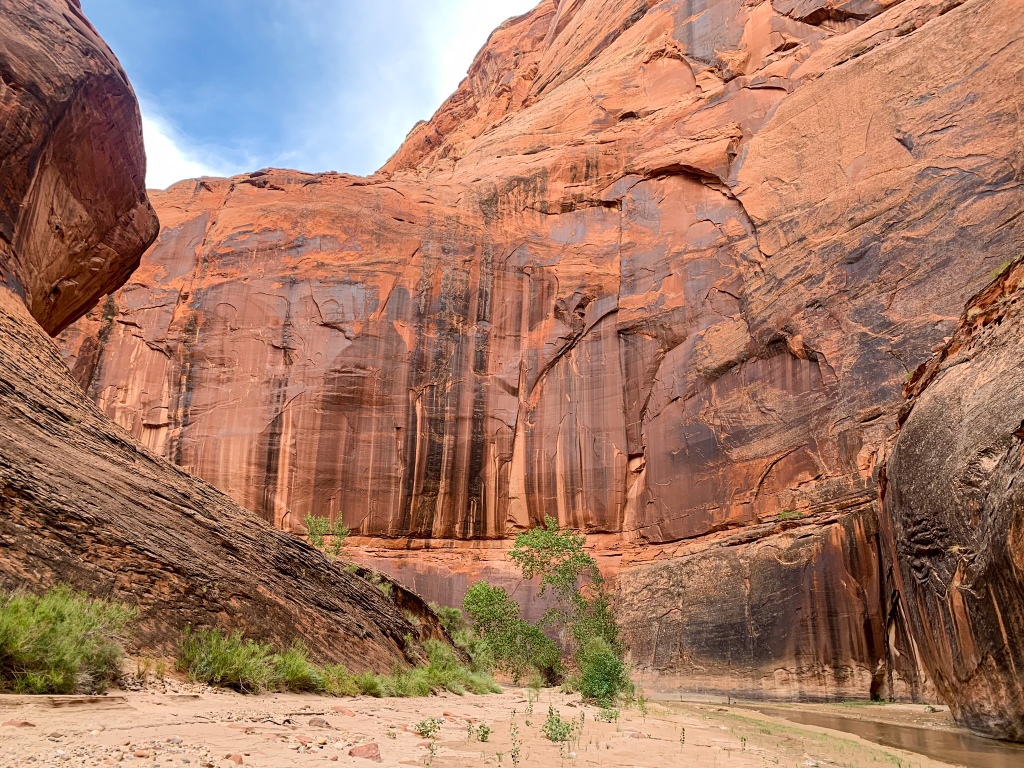
Paria Canyon-Vermilion Cliffs Wilderness
Vermilion Cliffs National Monument
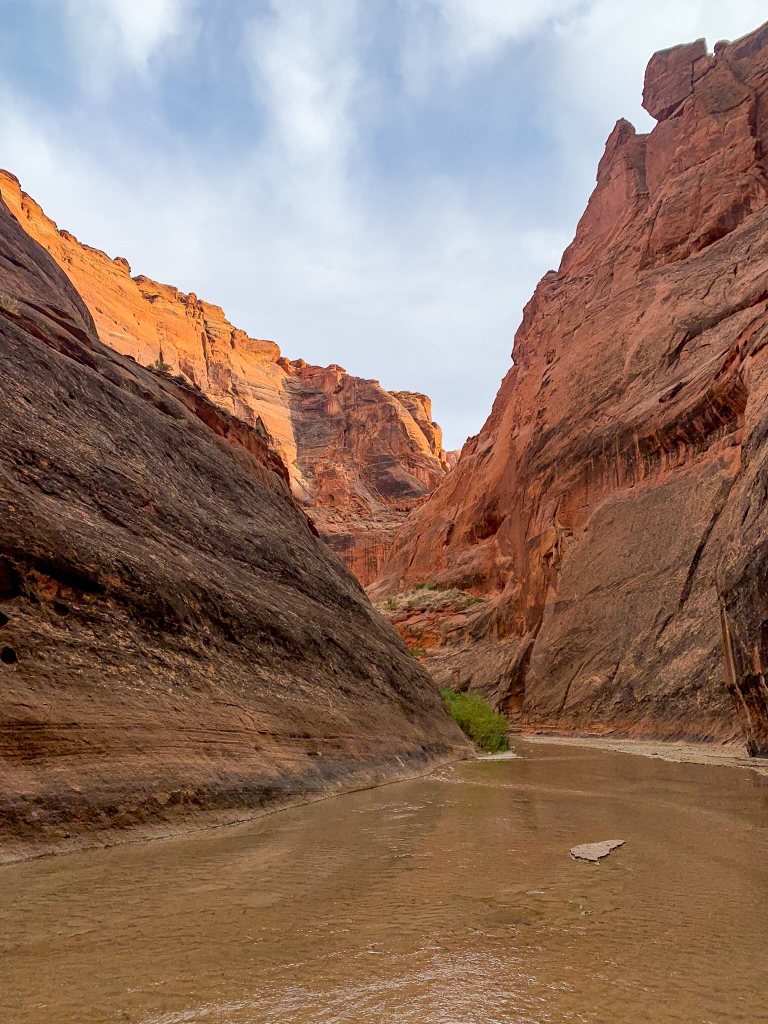
Paria Canyon-Vermilion Cliffs Wilderness
Vermilion Cliffs National Monument
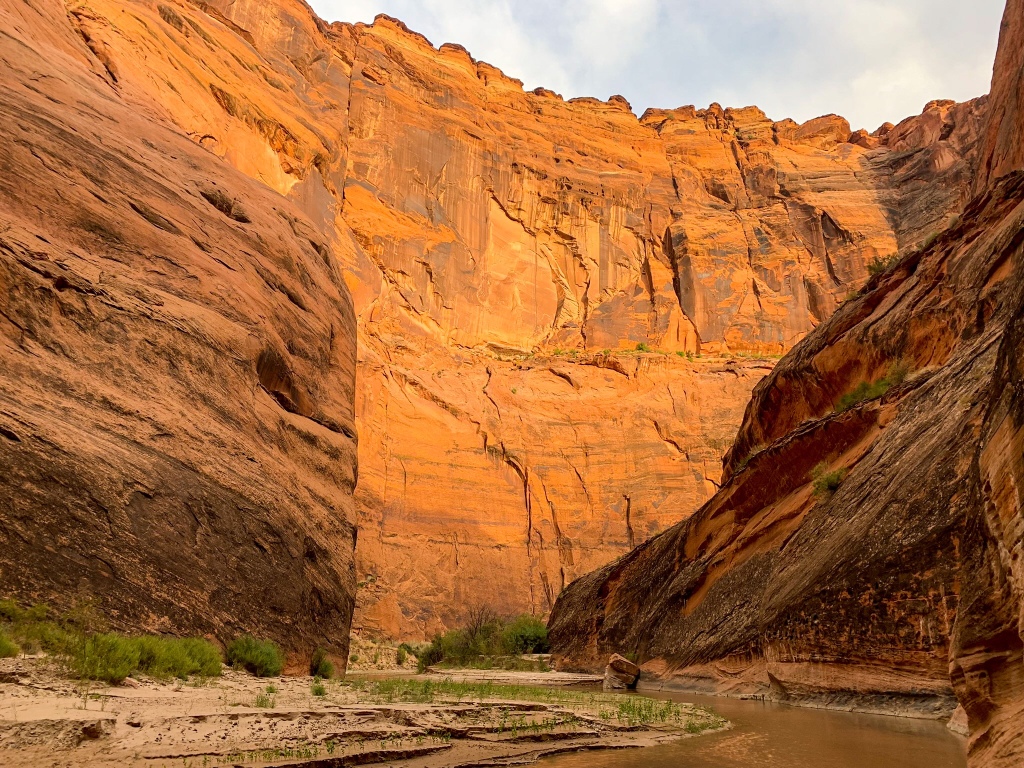
Paria Canyon-Vermilion Cliffs Wilderness
Vermilion Cliffs National Monument
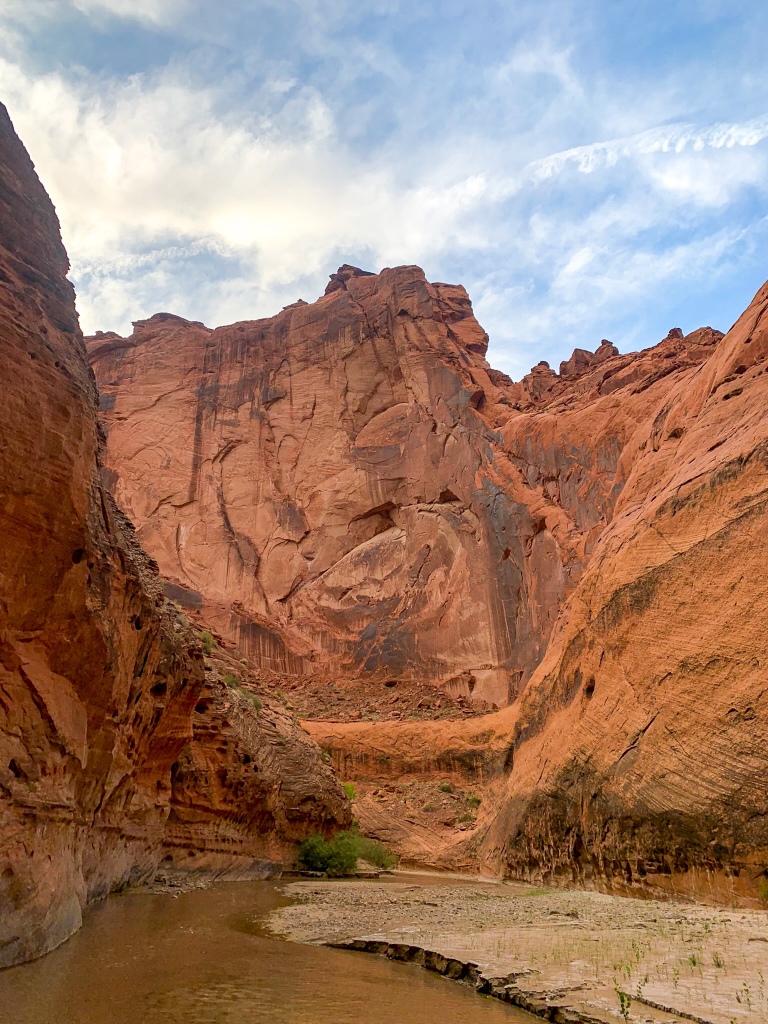
Paria Canyon-Vermilion Cliffs Wilderness
Vermilion Cliffs National Monument
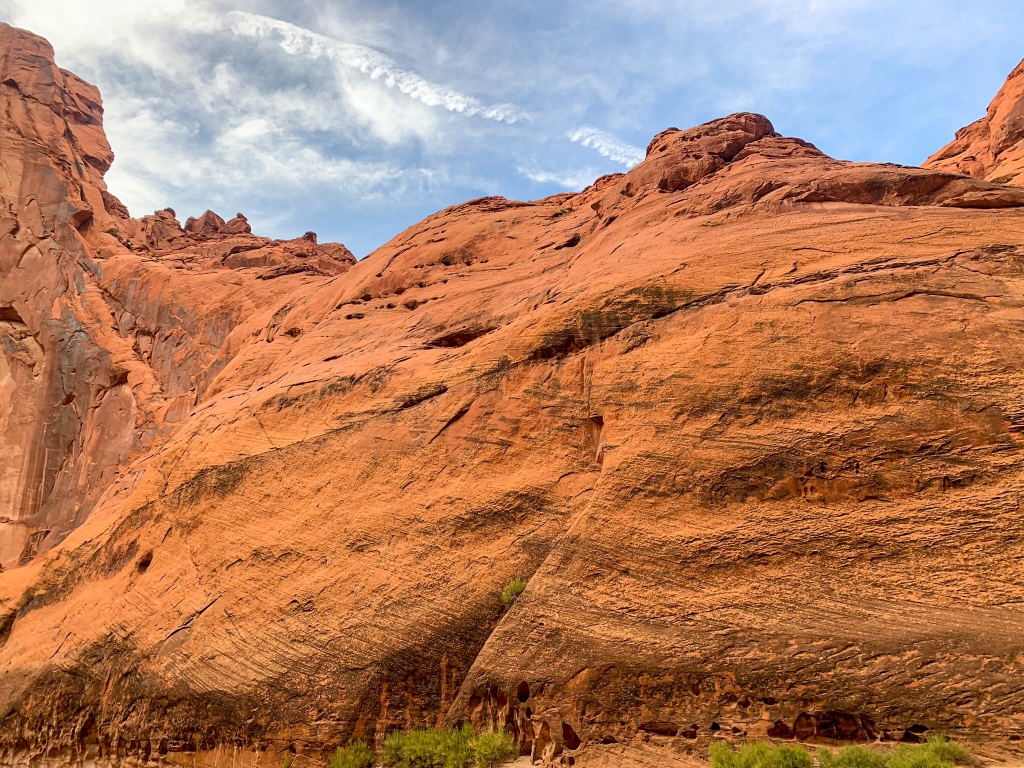
Paria Canyon-Vermilion Cliffs Wilderness
Vermilion Cliffs National Monument
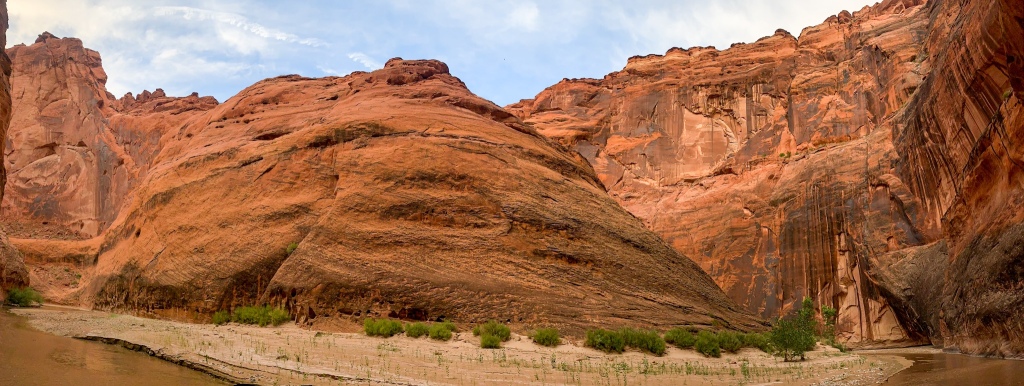
Paria Canyon-Vermilion Cliffs Wilderness
Vermilion Cliffs National Monument
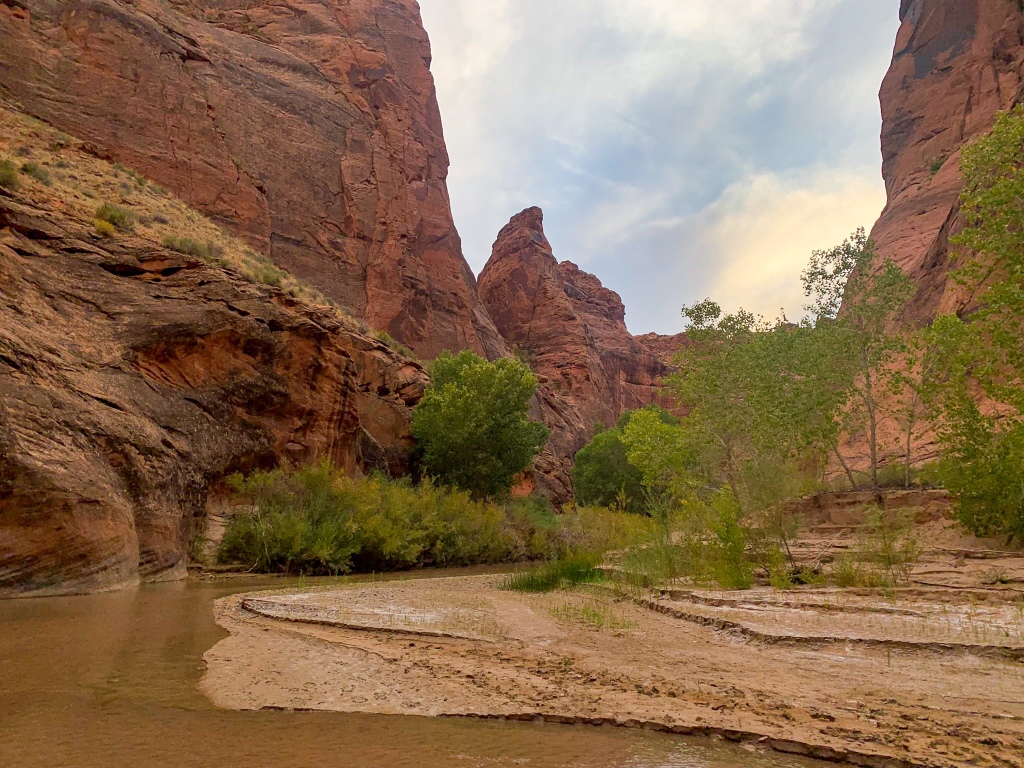
Paria Canyon-Vermilion Cliffs Wilderness
Vermilion Cliffs National Monument
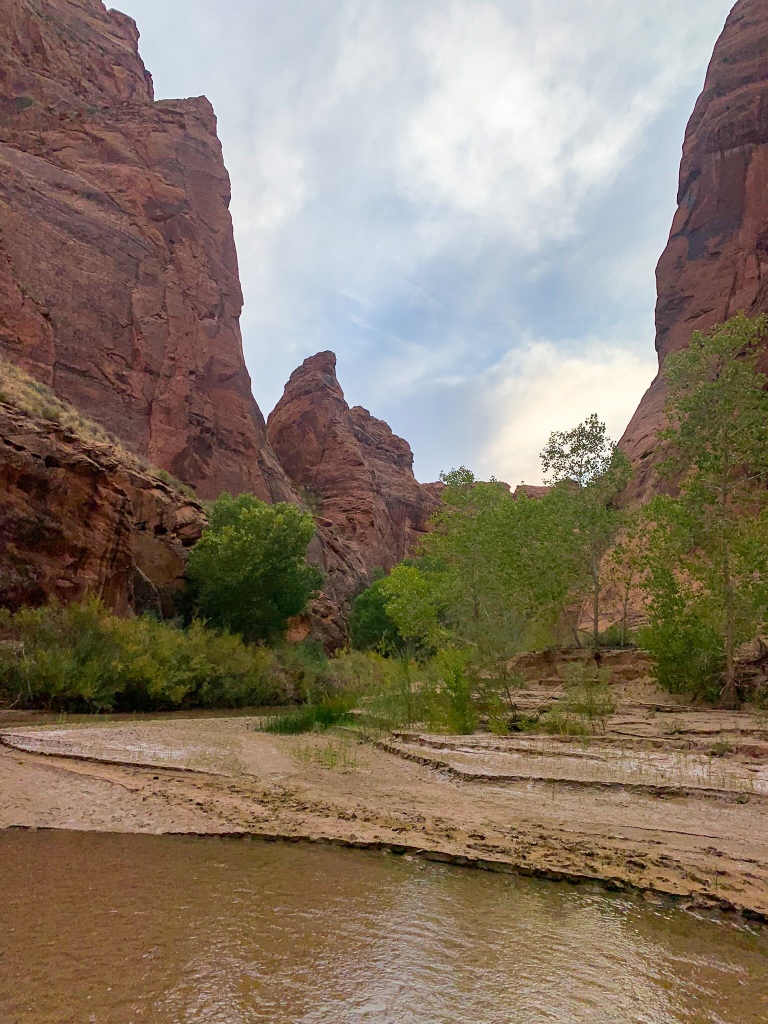
Paria Canyon-Vermilion Cliffs Wilderness
Vermilion Cliffs National Monument

Paria Canyon-Vermilion Cliffs Wilderness
Vermilion Cliffs National Monument
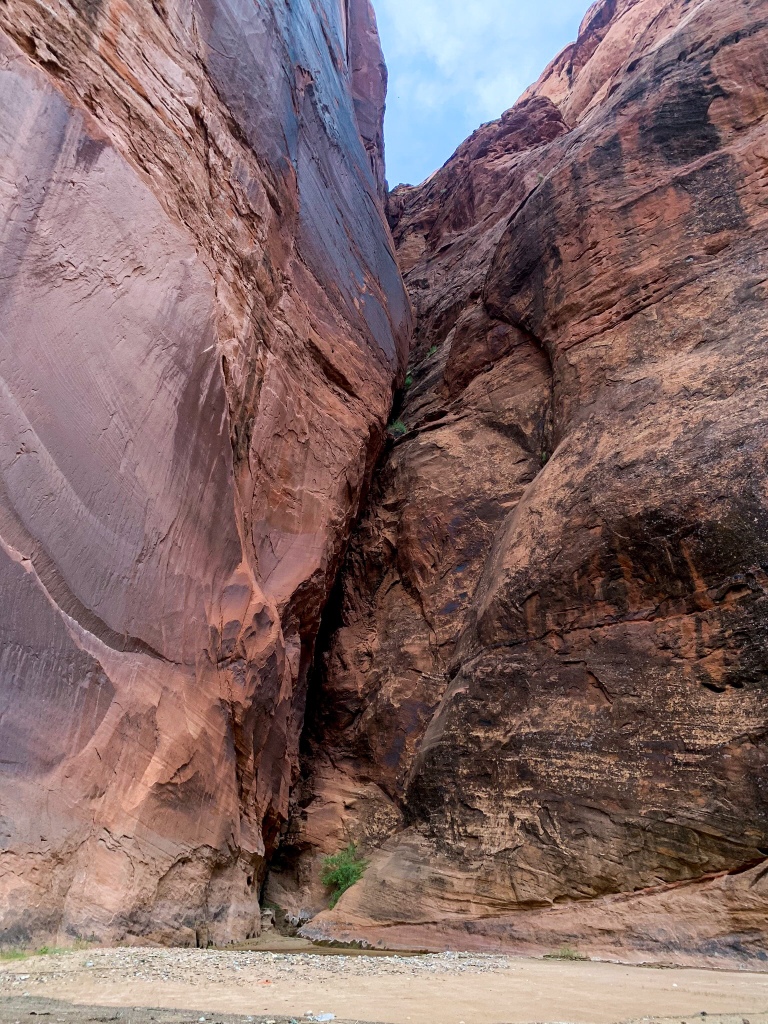
Paria Canyon-Vermilion Cliffs Wilderness
Vermilion Cliffs National Monument
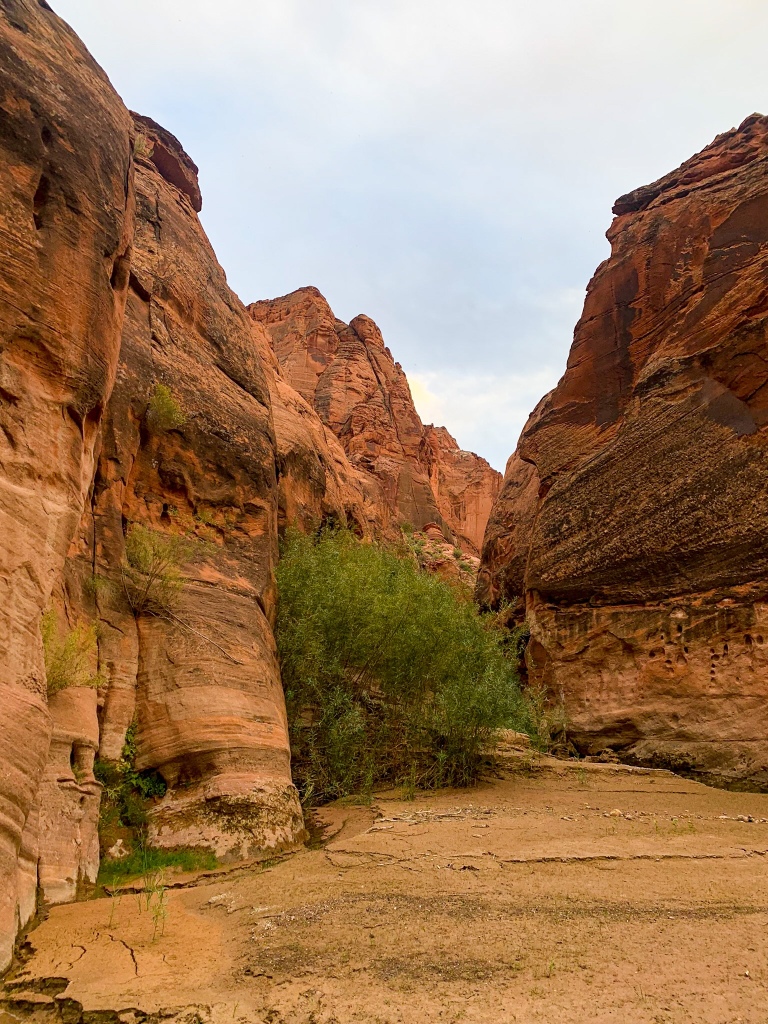
Paria Canyon-Vermilion Cliffs Wilderness
Vermilion Cliffs National Monument
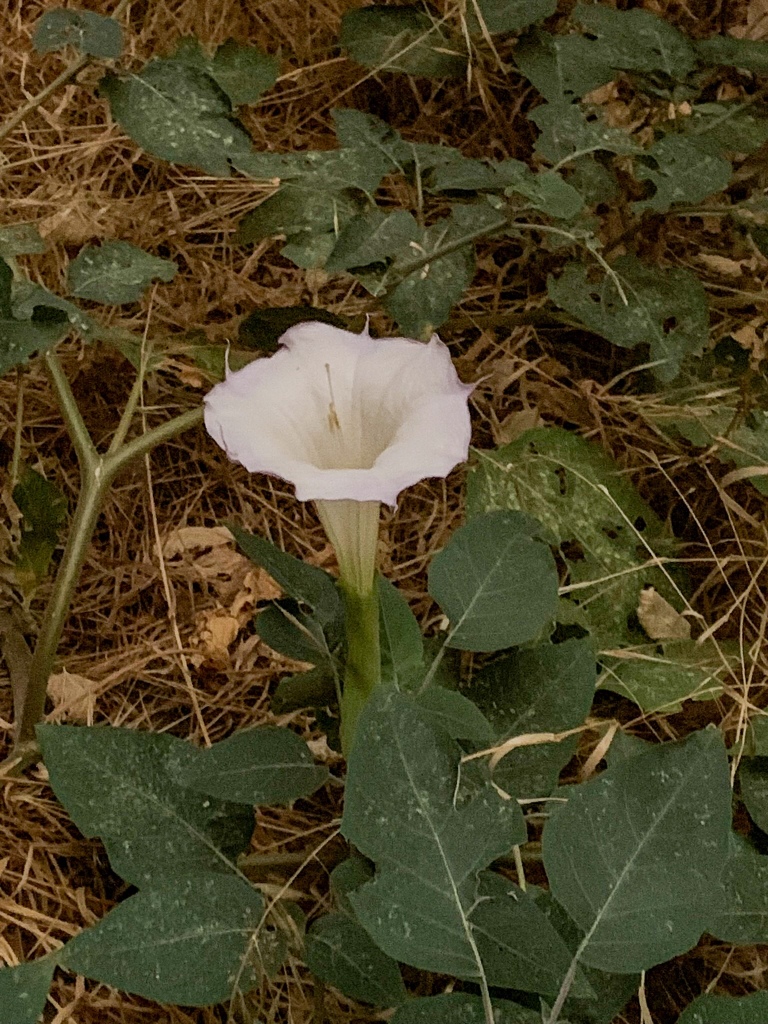
Paria Canyon-Vermilion Cliffs Wilderness
Vermilion Cliffs National Monument
Paria Canyon-Vermilion Cliffs Wilderness Logistics
| Paria Canyon-Vermilion Cliffs Wilderness | |
| BLM Information | Paria Canyon-Vermilion Cliffs Wilderness |
| Trail Surface | Rustic (the river is the trail) |
| Length (Mi) | 45 (Lee’s Ferry to Wire Pass via Buckskin Gulch) 38 (Paria Canyon, Lee’s Ferry to White House) 20 (Wire Pass to White House via Buckskin Gulch) 22, approx. (Buckskin Gulch to White House) 1.8 (Wire Pass to Buckskin Gulch) |
| Season | Fall-Spring. Brutally hot in summer. |
| Potential Water Sources | Springs. Unless informed otherwise by a BLM ranger, there is likely no water in Buckskin Gulch, and the Paria River should be considered undrinkable even when filtered. Know how to recognize desert springs. |
| Trailheads | Paria Canyon North: White House Paria Canyon South: Lee’s Ferry Buckskin Gulch Middle Exit Buckskin Gulch West Wire Pass |
| Trailhead Access | Vehicular access to all trailheads |
| Wilderness | Yes |
| Possible resupply points | None |
| Difficulty | Strenuous |
| Potential campsites | Best near springs. Some higher-water campsites in north, south of Buckskin Gulch-Paria Canyon confluence. Use higher water sites if there is any risk of rain. Few to no campsites in Buckskin Gulch. |
| Threats | Flash flooding – Extreme hazard here. Know the forecast daily (an inReach or other satellite communicator helps with this). Know how to recognize the signs of a flash flood and how to react. You cannot outrun a flash flood; you must climb above it. This is not possible in Buckskin Gulch – do not enter it if storms threaten. Heat – wear a cotton shirt so you can soak it. Synthetics aren’t great in the desert. Hyponatremia – “drunk on water.” To avoid, ensure adequate salt & electrolyte intake and ensure you eat as well as drink water. Symptoms are almost identical to dehydration, but drinking more makes it worse. Prevention is by far the best solution. Dehydration Because there is no trail, there are places where boulders must be climbed around or over and at least one spot where your pack must be hauled over a boulder jab. Flash floods change the trail, shifting obstacles around, removing some and adding others. Expect the unexpected. |
| Permits Required? | Yes. 20 people max per night issued on BLM website. |
| Miscellaneous | Leave No Trace is different in the desert. Know desert principles and carry wag bags. |
| Cell service? | Nonexistent |
